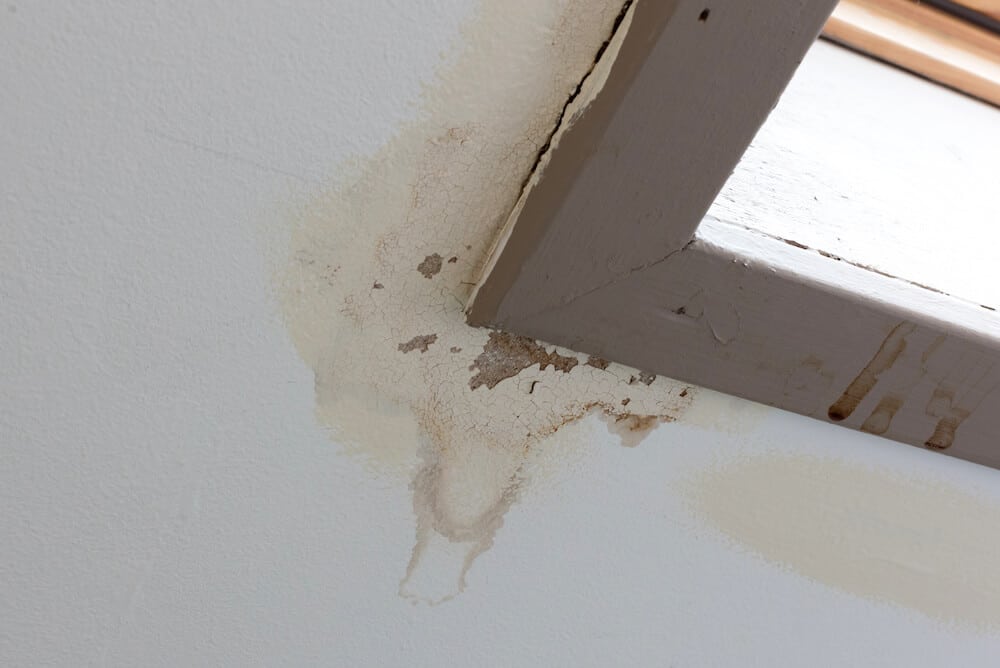When you live near the coast, you have plenty of opportunities to enjoy the beauty and exhilarating air of the open sea. While plenty of outdoor activities can be enjoyed in a coastal area, you must also consider the challenges of maintaining your home.
One aspect of home ownership in a coastal city that stands out is the presence of humidity and moisture in the sea air. These environmental factors create the ideal conditions for fungal growth in your home. In particular, you’ll have to take mold prevention steps to ensure your indoor air remains clean and free from mold spores.
How to Identify Mold in Your Home
Before you can take effective mold prevention steps, you’ll have to determine whether you already have mold in your home. The best method for identifying mold growth is by looking for it in the most humid parts of your home. You will likely see mold in bathrooms, basements, crawl spaces, and attics.
Mold might be dark green, brown, or black. The color and appearance of the mold will vary based on its type and depending on the underlying surface. For example, mold on bathroom tiles will look like dark stains, but mold on wood surfaces will resemble green or black velvet.
You might see blistering paint when mold is present behind your walls. Another sign of hidden mold is a musty odor similar to wet paper. In an attic, identify unseen mold by looking for lumpy spots in your insulation. If you see any of these signs, you’ll need to treat these areas before successfully using any mold prevention methods.
How to Deal With a Mold Problem
The next step before implementing good mold prevention practices is to begin treating the existing mold in your home. This type of remediation isn’t something you should attempt to do on your own. Unprotected exposure to mold causes respiratory problems, headaches, skin irritation, and many other serious health conditions.
Additionally, you may not have effective tools for removing or killing mold in your home. Even commercial products, such as bleach, may not effectively remove all mold growth. You’ll need to hire a professional with the proper mold remediation skills and resources. They will also have the right protective equipment to perform this type of work safely.
Effective Mold Prevention Tips to Follow
Once you’re sure that mold has been successfully removed from your home, you can start taking steps to prevent future occurrences. These mold prevention tips will help you control the factors that promote mold growth: moisture and humidity.
Keep Wet Fabrics Out of the Home
Piles of wet clothing, towels, or other fabrics can dampen the underlying surface and promote mold growth. If you or your family members like to go swimming, leave a hamper just outside your front or back door. Deposit wet items in the outdoor hamper until you have enough to wash and dry a load.
Dry Wet Surfaces Right Away to Aid in Mold Prevention
When there’s a spill, leak, or another cause of moisture in your home, clean the spill right away. An oxygen-based cleaning solution will help you avoid stains while disinfecting the surface. Use a fan or your air conditioner to promote faster drying.
Fix Leaky Plumbing Promptly
While you might think a leaky faucet is just an annoyance, it will lead to mold growth and water damage. Letting a plumbing leak go without repairs can also lead to bigger plumbing problems in the future. As soon as you notice a leak, call your plumber.
Keep an eye and ear open for unseen leaks. You might hear dripping sounds or see bubbling walls if you have a plumbing leak that has gone unnoticed. You should also watch your water usage. Unexplained increases in your usage suggest there might be a leak somewhere on your property.
Improve Air Circulation for Better Mold Prevention
When you live in a coastal area, good air circulation and ventilation are essential for mold prevention.
Even something as simple as boiling a pot of water in your kitchen can increase the humidity to a dangerous level. Make sure to use the exhaust fan over your stove when you’re cooking. Similarly, use the bathroom exhaust fan when bathing or showering.
Your HVAC system plays a vital role in keeping your indoor humidity level under control. Keep the system’s filter clean and keep up with seasonal tune-ups. Although the cooling system doubles as a dehumidifier, you may need to invest in a separate dehumidifier for hot or humid days.
Your attic and basement are big problem areas. Keep the vents free from obstructions, and consider installing extra exhaust fans. Check your attic insulation since poor insulation will allow the transfer of heat. Installing dehumidifiers in these areas may be necessary.
Keep an eye out for signs of moisture in your basement and attic. Stains, efflorescence (chalky residue), rotted wood, eroded concrete, and damp insulation are all signs of leaks. Get these issues repaired promptly to keep mold from growing in these parts of your home.
Use Plastic Storage Bins
There are several problems with using cardboard boxes in your home. In addition to creating an invitation for pests, using cardboard boxes for storage can increase dampness on humid days. Before long, the contents of those boxes will become contaminated with mold spores.
You’ll practice better mold prevention when you ditch your cardboard boxes. Instead, store items in sealable plastic bins. Keep the covers sealed to ensure moisture, pests, and other hazards will stay out. Using plastic bins will also help you save space since you can stack them safely in your attic.
We Offer Services for Better Mold Prevention
Attic Projects provides services that you can use to better control moisture and humidity in your home. We’ll help you insulate your home more effectively, and we provide duct sealing and repairs. These services will help you keep moisture from becoming a problem. Contact us to request a free inspection.




